
Clever DIY Home Renovation Ideas That Make a Big Impact
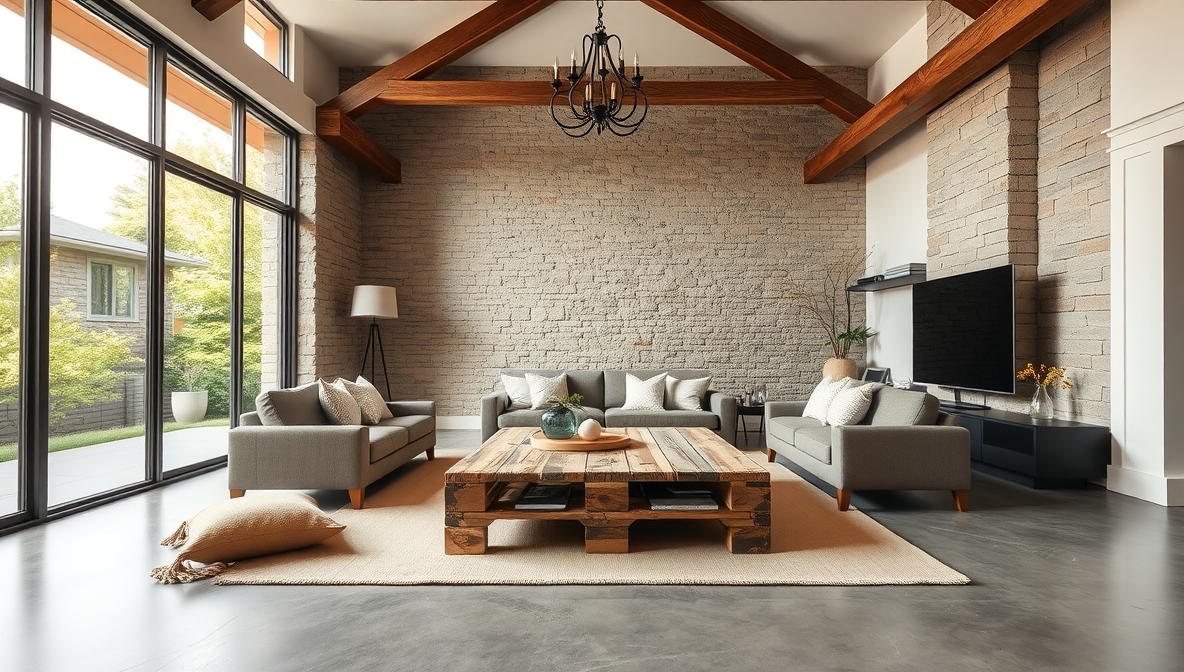
Fresh updates can bring life back into tired walls, outdated fixtures, and worn-out corners. A home reflects personality, style, and creativity, and even the smallest renovation project can breathe new energy into your space. Bold paint colors, repurposed furniture, and smart storage upgrades offer more than just aesthetic appeal—they improve daily living.
Painted cabinets can modernize a kitchen in a weekend. Accent walls made from peel-and-stick wood panels add depth and texture without professional help. Swapping light fixtures creates instant atmosphere, while new hardware updates doors and drawers with minimal effort. Every corner of a home offers potential for improvement that doesn’t require breaking the bank.
Old dressers turn into bathroom vanities. Open shelving replaces bulky cabinets for a fresh, modern vibe. Statement tiles redefine entryways and backsplashes. Each project rewards effort with a sense of accomplishment and a fresh look tailored to your taste.
Your home deserves attention, even in its most overlooked spots. A few well-chosen updates can completely change how a space feels and functions. Inspiration lives in every room—start small, think smart, and let your home evolve with you. The best renovation stories begin with imagination and a few tools in hand.
DIY Home Renovation Ideas
Fixing up your home by yourself can save money and bring a lot of satisfaction. You don’t need to be an expert or have fancy tools. A little creativity, patience, and effort go a long way. Below are ten simple and affordable DIY home renovation ideas. Each idea includes basic materials and easy steps to follow.
1. Paint Your Walls
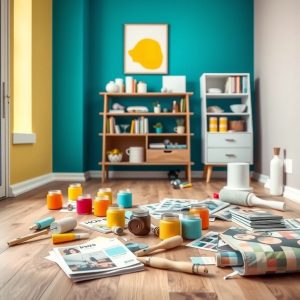
Materials Needed: Paint, roller, tray, painter’s tape, drop cloths
Paint gives a room a new look. It can make a space feel fresh and clean. Choose light colors for small rooms. They make the room look bigger.
Steps:
- Move furniture away from the walls.
- Lay down drop cloths to protect floors.
- Use painter’s tape on edges and corners.
- Pour paint into the tray.
- Use a roller for large areas. Use a brush for corners and edges.
- Let the first coat dry. Apply a second coat if needed.
2. Install Peel-and-Stick Wallpaper
Materials Needed: Peel-and-stick wallpaper, scissors, level, smoothing tool
Wallpaper adds texture and color. Modern peel-and-stick types are easy to use. No glue. No mess.
Steps:
- Clean the wall. It must be smooth and dry.
- Measure the height and width.
- Cut wallpaper to size.
- Start at the top. Peel off the backing.
- Stick the wallpaper slowly, pressing it flat with a smoothing tool.
- Trim extra edges with scissors or a knife.
3. Update Cabinet Handles
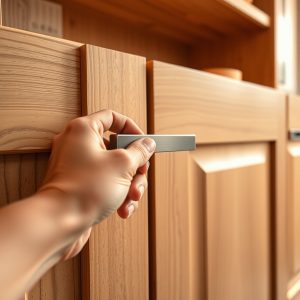
Materials Needed: Screwdriver, new knobs or handles, ruler
Cabinet handles can change the look of a kitchen or bathroom. You can do this in a few minutes.
Steps:
- Unscrew old handles.
- Measure the holes if the new handles are a different size.
- Mark the new holes and drill if needed.
- Screw in the new handles.
4. Make an Accent Wall
Materials Needed: Paint, wood trim or paneling, level, nail gun or glue
Accent walls add style. You can paint one wall a bold color. Or add wood trim or panels for a textured look.
Steps:
- Pick a wall that you want to stand out.
- Choose a color or panel design.
- Paint or install panels in a pattern.
- Let paint dry or press panels firmly.
5. Add Floating Shelves
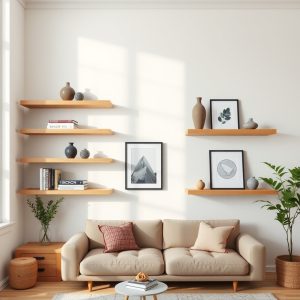
Materials Needed: Wood shelves, brackets, drill, screws, level
Floating shelves offer storage and style. They work well in bathrooms, kitchens, and living rooms.
Steps:
- Choose the right spot on the wall.
- Use a level to mark straight lines.
- Screw brackets into the wall.
- Place the shelf on top and secure it.
6. Install New Light Fixtures
Materials Needed: New light fixture, screwdriver, wire connectors, voltage tester
Lighting can change the mood of a room. Choose a fixture that fits your style.
Steps:
- Turn off the power at the breaker.
- Remove the old fixture.
- Use a voltage tester to check wires.
- Match wires by color and use connectors.
- Attach the new fixture and screw it into place.
- Turn the power back on and test.
7. Frame a Bathroom Mirror
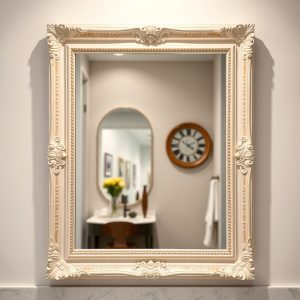
Materials Needed: Wood trim, glue or nails, paint, measuring tape, saw
Framing your bathroom mirror makes it look new. It’s a small touch that adds charm.
Steps:
- Measure all four sides of the mirror.
- Cut wood trim to fit.
- Paint or stain the wood.
- Attach trim around the mirror using glue or nails.
8. Build a Simple Entryway Bench
Materials Needed: Wood boards, screws, drill, sandpaper, paint or stain
An entryway bench adds a place to sit and store shoes. It also makes the space more welcoming.
Steps:
- Cut wood for the top, sides, and bottom.
- Screw the pieces together to make a bench.
- Sand the surface to smooth it.
- Paint or stain the bench.
9. Upgrade Your Backsplash
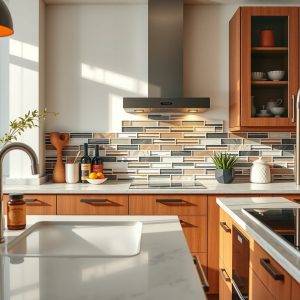
Materials Needed: Peel-and-stick tiles or mosaic sheets, scissors, level, utility knife
A new backsplash makes your kitchen pop. Peel-and-stick options are fast and easy.
Steps:
- Clean the wall.
- Measure the area and cut tiles to fit.
- Start in one corner and peel off the backing.
- Press each tile flat and smooth out bubbles.
- Cut corners and edges with a knife.
10. Add a Chalkboard Wall
Materials Needed: Chalkboard paint, roller or brush, painter’s tape, chalk
Chalkboard walls are fun and useful. Kids can draw on them. Adults can write reminders or menus.
Steps:
- Choose a small wall or section.
- Tape the edges.
- Paint with chalkboard paint.
- Let it dry fully.
- Rub chalk over the whole wall once. Then clean it off. This helps prevent stains.
FAQs
Can I do these projects without any experience?
Yes. These ideas are beginner-friendly. Follow the steps and take your time.
How much money do I need?
Most of these projects cost between $20 and $200, depending on the materials you pick.
What tools do I need?
Basic tools like a screwdriver, drill, hammer, paint roller, and scissors are enough for most tasks.
Are these changes permanent?
Many ideas like peel-and-stick wallpaper or chalkboard paint are easy to remove later.
How long does each project take?
Each task takes between 1 to 4 hours. Larger projects like building a bench may take longer.
Conclusion
Doing home renovation yourself is easier than it seems. You don’t need special skills. Just start small. Paint a wall. Change some handles. Try peel-and-stick wallpaper. Step by step, your house will feel new. And you will feel proud. Start with one idea today.
